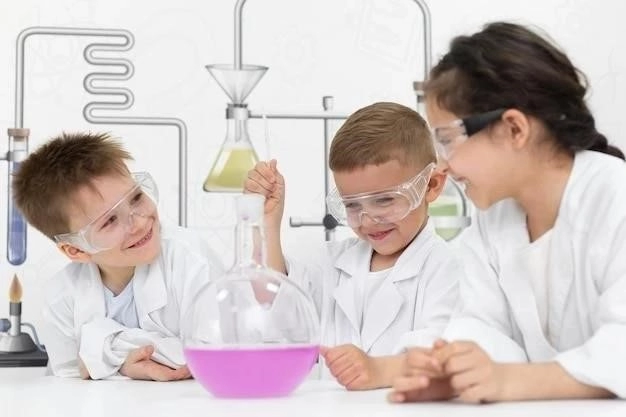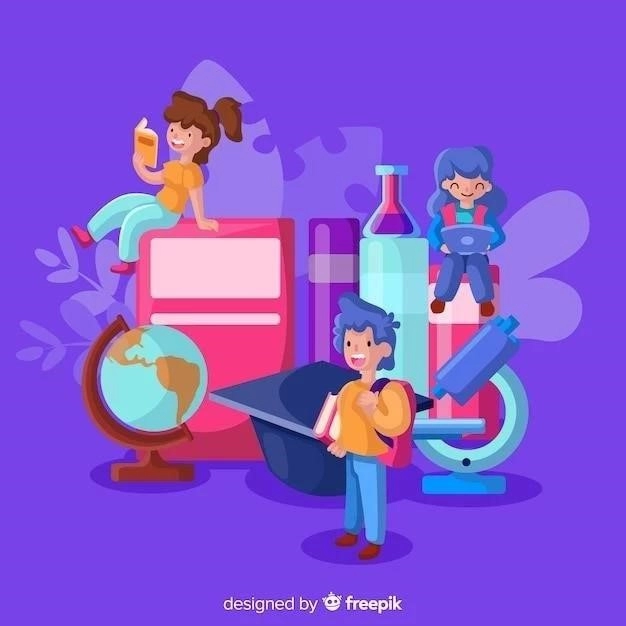Learning, a fundamental human capacity, is the engine of our individual growth and societal progress. It is through learning that we acquire new knowledge, master skills, and adapt to the ever-changing world around us. But how does this intricate process unfold within the depths of our brains? What cognitive mechanisms underpin our ability to learn?
The Neuroscience of Learning
At its core, learning is about forging and strengthening connections within our neural networks. Each new piece of information, every repetition of a skill, alters the intricate tapestry of neurons and synapses that make up our brains. This process, known as neuroplasticity, is the cornerstone of learning.
1. Encoding: Taking in the New
Learning begins with encoding, the process of transforming sensory information into a form our brains can store. This involves several stages:
- Sensory Memory: Fleeting impressions from our senses are held for a fraction of a second, allowing our brains to decide what to pay attention to.
- Working Memory: Information we focus on enters working memory, a mental workspace where we can manipulate and process it. This is where we make sense of new information by relating it to prior knowledge.
- Long-Term Memory: If information in working memory is deemed important or is repeated sufficiently, it can be transferred to long-term memory for more permanent storage.
2. Storage: Making it Stick
Once encoded, information is stored in our long-term memory. There are different types of long-term memory, each playing a distinct role:
- Explicit Memory: This type of memory involves conscious recall, allowing us to remember facts, events, and experiences. It is further divided into:
- Semantic Memory: General knowledge about the world, such as knowing that Paris is the capital of France.
- Episodic Memory: Personal experiences and events, like remembering your first day of school.
- Implicit Memory: This type operates unconsciously, influencing our behaviors and skills without conscious awareness. Examples include:
- Procedural Memory: How to perform skills like riding a bike or playing an instrument.
- Priming: Exposure to a stimulus influences our response to a subsequent stimulus, even without conscious awareness.
3. Retrieval: Accessing What Weve Learned
Retrieval is the process of accessing information stored in our long-term memory. The ease of retrieval depends on several factors, including:
- Retrieval Cues: These are bits of information associated with the target memory, acting as triggers. For example, the smell of freshly baked cookies might trigger childhood memories.
- Context: We remember information better when the retrieval context matches the encoding context. This is why studying in a quiet environment similar to an exam hall can be beneficial.
- Frequency and Recency: The more often we retrieve information and the more recently weve accessed it, the easier it is to recall.
Factors Influencing Learning
While the basic neural mechanisms are universal, numerous factors can influence how effectively we learn:
1. Motivation and Engagement
When we are motivated and engaged, our brains release dopamine, a neurotransmitter associated with pleasure and reward. This creates a positive feedback loop, reinforcing the learning process and making it more enjoyable.
2. Active Learning
Passive learning, such as simply reading or listening, is less effective than active learning, which involves actively engaging with the material. This could include summarizing information, teaching it to others, or applying it to solve problems.
3. Spaced Repetition
Cramming information before an exam might seem effective in the short term, but it is far less effective than spaced repetition. This technique involves reviewing information at increasing intervals, strengthening the neural connections and improving long-term retention.
4. Sleep and Exercise
Sleep plays a crucial role in memory consolidation, the process of strengthening newly formed memories. Exercise, too, has been shown to benefit learning by promoting neuroplasticity and increasing blood flow to the brain.
The Science of Skill Acquisition
While acquiring knowledge involves encoding and storing information, skill acquisition focuses on developing procedural knowledge—the “how-to” of performing tasks. This process often involves distinct stages:
1. Cognitive Stage
In the initial stage, we consciously think about each step of the skill, breaking it down into smaller, manageable chunks. We rely heavily on instructions, feedback, and observation.
2. Associative Stage
With practice, we start to link individual steps into smoother sequences. Errors become less frequent, and our movements become more fluid and efficient.
3. Autonomous Stage
Finally, the skill becomes largely automatic, requiring minimal conscious effort. We can perform the skill effortlessly, allowing us to focus on other aspects of the task or environment.

Lifelong Learning: A Continual Journey
The science of learning reveals that our brains are remarkably adaptable, capable of growth and change throughout our lives. By understanding the principles of learning and skill acquisition, we can become more effective learners, unlocking our full potential and embracing a lifetime of continuous growth and discovery.

Continuing the Exploration of Learning
The intricate dance between neurons, the forging and refining of synaptic connections, represents but one layer in the captivating narrative of learning. To truly grasp the complexity of this human endeavor, we must venture beyond the biological substrate and delve into the realms of cognition, motivation, and the social contexts that shape our learning journeys.
4. The Role of Metacognition
Metacognition, simply put, is “thinking about thinking.” Its the capacity to monitor and regulate our own learning processes. A metacognitive learner possesses the awareness to:
- Assess their understanding: Recognizing what they know, what they dont know, and where gaps in their knowledge exist.
- Plan their approach: Selecting appropriate learning strategies based on the nature of the task and their own learning preferences.
- Monitor their progress: Tracking their learning, identifying areas of difficulty, and adjusting their strategies accordingly.
- Evaluate their outcomes: Reflecting on their learning experience, identifying what worked well and what could be improved for future endeavors.
Fostering metacognitive skills is crucial for developing independent, self-directed learners.
5. The Social Dimension of Learning
Learning is not a solitary pursuit confined to the individual mind. We are inherently social beings, and our learning is profoundly influenced by our interactions with others.
- Social Constructivism: This theory posits that we construct knowledge collaboratively through dialogue, debate, and shared experiences. Learning becomes a process of negotiating meaning within a social context;
- Observational Learning: We learn not only through direct instruction but also by observing others, particularly those we perceive as role models or experts. This “social learning” can be a powerful driver of behavioral change and skill acquisition.
6. The Impact of Technology
The digital age has ushered in unprecedented opportunities and challenges for learning. Technology has the potential to:
- Personalize Learning: Adaptive learning platforms can tailor content and pace to individual needs and preferences, providing personalized learning pathways.
- Expand Access to Information: The internet has democratized knowledge, making vast repositories of information readily accessible to anyone with a connection.
- Facilitate Collaboration: Online platforms and tools enable learners to connect and collaborate with peers and experts across geographical boundaries.
However, the effective integration of technology in education requires careful consideration of pedagogical approaches, digital literacy skills, and equitable access for all learners.

Looking Ahead: The Future of Learning
As our understanding of the brain, cognition, and the science of learning continues to evolve, we can anticipate exciting advancements in educational practices and technologies. The future of learning will likely be characterized by:
- Brain-Based Learning: Educational approaches will increasingly draw upon insights from neuroscience to optimize learning environments and strategies.
- Personalized Learning at Scale: Technology will play a pivotal role in tailoring learning experiences to individual needs and preferences, even in large-scale educational settings.
- Lifelong and Lifewide Learning: The emphasis will shift towards fostering a love of learning that extends beyond formal education and permeates all aspects of life;
By embracing a scientific understanding of how we learn, we empower ourselves to become more effective learners, educators, and contributors to a world where knowledge is a powerful catalyst for positive change.










